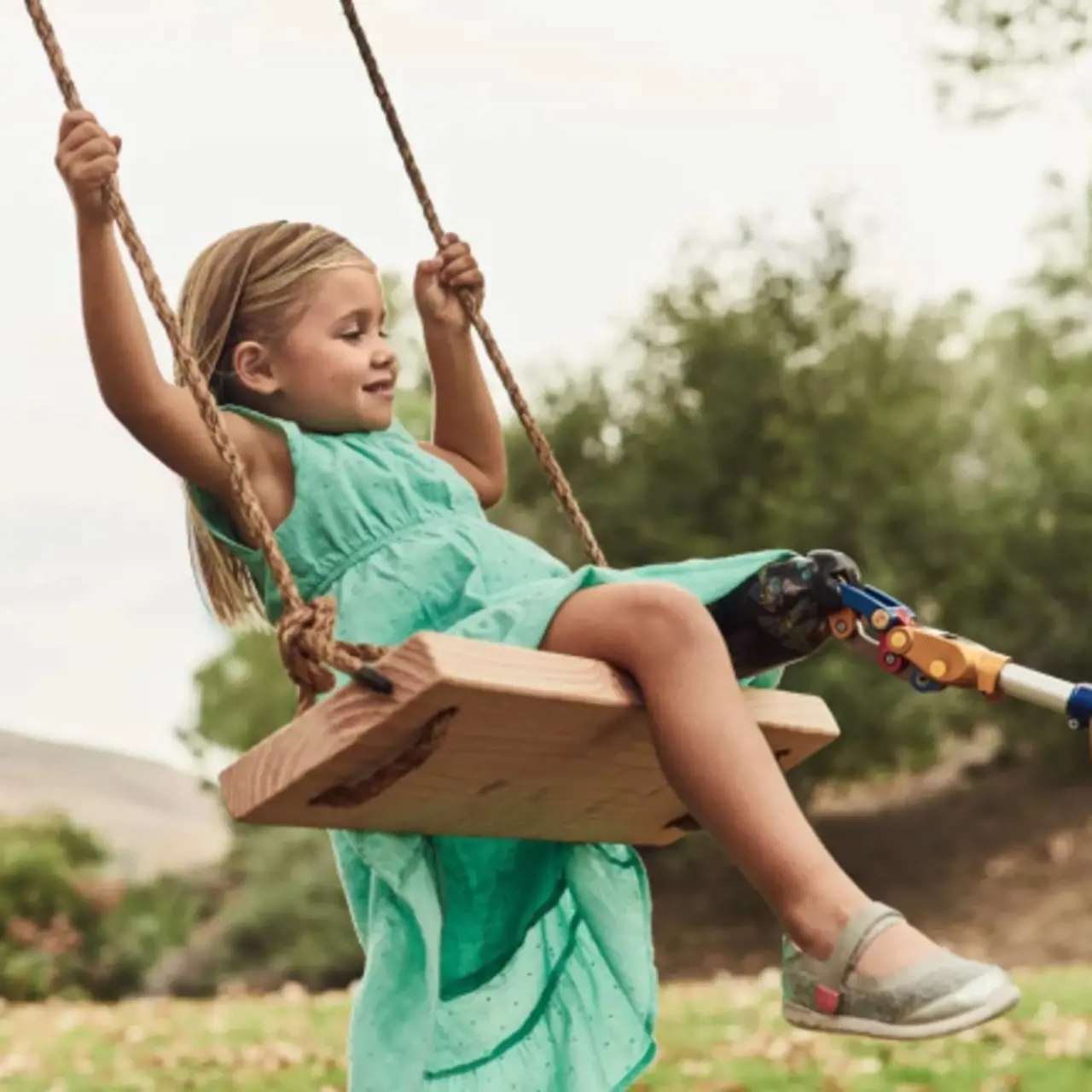Welcome To Amputee Care Center
powered by Spronken
Young prosthesis users, like all children, want to get the most out of life. That means running around with friends and family, enjoying school, playing sports and having a lot of fun.
Prostheses for babies, children or juniors should enable them to do all that and more. Childhood is a time of ambition and adventure, in which maximum mobility and personal development must be supported as much as possible.
Children who are active and have fun despite a possible disability send a great message to their peers and those around them. They are a source of joy for all of us.
Good stability of the prosthesis is an important aspect of prosthesis construction for young people. That and a high degree of flexibility and energy efficiency. From sturdy knee joints to dynamic foot modules and comfortable sockets, we offer it all and cater for every age.
Discover the possibilities yourself. You and your child are invited to make an appointment for an introductory meeting.

Contact us by completing the Contact Form or by calling +32 (0)470 500 888. We are at your service.
There are many good options for prostheses for children with congenital defects or upper limb loss. From basic passive hands for babies and toddlers up to activity-related aids to ride a bicycle or hold a bat, to myoelectric hands to go to school. Because children often learn to use the prosthesis from an early age, they can grow up to be active, successful prosthesis users.
We recommend fitting babies with a prosthesis as early as possible to encourage them to accept and use a prosthesis as they begin to explore the world around them.
By starting with a prosthesis early, its use mostly becomes second nature and you prevent, for example, overloading the sound side.
Because children often learn to use the prosthesis from an early age, they can grow up to be active, successful prosthesis users.